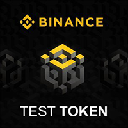-
 Bitcoin
Bitcoin $96,508.8796
0.33% -
 Ethereum
Ethereum $2,752.3839
2.99% -
 XRP
XRP $2.5546
-0.41% -
 Tether USDt
Tether USDt $1.0002
0.02% -
 BNB
BNB $666.8342
2.69% -
 Solana
Solana $170.7185
0.40% -
 USDC
USDC $1.0000
0.00% -
 Dogecoin
Dogecoin $0.2443
1.25% -
 Cardano
Cardano $0.7700
0.79% -
 TRON
TRON $0.2414
1.43% -
 Chainlink
Chainlink $17.8629
2.62% -
 Avalanche
Avalanche $25.7376
3.16% -
 Sui
Sui $3.4037
2.55% -
 Stellar
Stellar $0.3307
1.31% -
 Litecoin
Litecoin $126.5533
-1.12% -
 Toncoin
Toncoin $3.7559
5.50% -
 Shiba Inu
Shiba Inu $0.0...01557
2.93% -
 Hedera
Hedera $0.2145
-0.39% -
 UNUS SED LEO
UNUS SED LEO $9.7123
-0.15% -
 MANTRA
MANTRA $8.4510
12.65% -
 Hyperliquid
Hyperliquid $24.3912
-1.89% -
 Polkadot
Polkadot $5.0706
-0.87% -
 Bitcoin Cash
Bitcoin Cash $324.8438
2.68% -
 Bitget Token
Bitget Token $5.0007
-0.74% -
 Ethena USDe
Ethena USDe $0.9997
0.13% -
 Uniswap
Uniswap $9.0250
3.82% -
 Dai
Dai $1.0000
0.00% -
 Monero
Monero $234.2286
0.75% -
 NEAR Protocol
NEAR Protocol $3.4643
2.14% -
 Pepe
Pepe $0.0...09482
3.79%
How to sell Cartesi (CTSI) coins
If you're looking to sell your Cartesi (CTSI) coins, you have the choice of using centralized exchanges, decentralized exchanges, or peer-to-peer marketplaces.
Dec 08, 2024 at 06:30 pm

How to Sell Cartesi (CTSI) Coins
Cartesi (CTSI) is a decentralized computing network that allows developers to build blockchain applications on a scalable and secure platform. CTSI is the native token of the Cartesi network, and it can be used to pay for transaction fees, stake on the network, and participate in governance voting.
If you want to sell your CTSI coins, there are a few different options available to you. In this article, we will walk you through the steps on how to sell CTSI on:
- Centralized exchanges
- Decentralized exchanges
- Peer-to-peer marketplaces
Step 1: Choose a Platform to Sell CTSI
There are many different platforms where you can sell CTSI, each with its own advantages and disadvantages.
- Centralized exchanges are the most popular option for selling CTSI. Binance, KuCoin and Huobi Global are a few examples of centralized exchanges that list CTSI. Centralized exchanges are easy to use and offer a wide range of trading options, but they can also be more expensive than other options.
- Decentralized exchanges (DEXs) are a growing alternative to centralized exchanges. DEXs are non-custodial, which means that you have full control over your private keys and assets. However, DEXs can be more difficult to use than centralized exchanges, and they may not offer as many trading options.
- Peer-to-peer (P2P) marketplaces allow you to sell CTSI directly to other users. P2P marketplaces can be a good option if you want to avoid the fees associated with centralized exchanges and DEXs. However, P2P marketplaces can be more risky than other options, as there is no guarantee that the person you are trading with will fulfill their end of the deal.
Step 2: Create an Account on the Platform
Once you have chosen a platform to sell CTSI, you will need to create an account. The process of creating an account will vary depending on the platform you choose.
- Centralized exchanges: To create an account on a centralized exchange, you will need to provide your name, email address, and a password. You may also need to verify your identity by providing a government-issued ID.
- DEXs: To create an account on a DEX, you will need to connect your wallet to the DEX. The process of connecting your wallet will vary depending on the DEX you choose.
- P2P marketplaces: To create an account on a P2P marketplace, you will need to provide your name, email address, and a password. You may also need to verify your identity by providing a government-issued ID.
Step 3: Deposit CTSI to the Platform
Once you have created an account, you will need to deposit CTSI to the platform. The process of depositing CTSI will vary depending on the platform you choose.
- Centralized exchanges: To deposit CTSI to a centralized exchange, you will need to send CTSI from your wallet to the exchange's deposit address.
- DEXs: To deposit CTSI to a DEX, you will need to connect your wallet to the DEX and then send CTSI from your wallet to your DEX account.
- P2P marketplaces: To deposit CTSI to a P2P marketplace, you will need to create a trade offer and specify the amount of CTSI you want to sell.
Step 4: Place a Sell Order
Once you have deposited CTSI to the platform, you can place a sell order. The process of placing a sell order will vary depending on the platform you choose.
- Centralized exchanges: To place a sell order on a centralized exchange, you will need to select the CTSI/USDT or CTSI/BTC trading pair and then enter the amount of CTSI you want to sell. You will also need to specify the price at which you want to sell your CTSI.
- DEXs: To place a sell order on a DEX, you will need to connect your wallet to the DEX and then select the CTSI/USDT or CTSI/BTC trading pair. You will also need to specify the amount of CTSI you want to sell and the price at which you want to sell your CTSI.
- P2P marketplaces: To place a sell order on a P2P marketplace, you will need to create a trade offer and specify the amount of CTSI you want to sell and the price at which you want to sell your CTSI.
Step 5: Wait for Your Order to Execute
Once you have placed a sell order, you will need to wait for your order to execute. The time it takes for your order to execute will vary depending on the platform you choose and the market conditions.
- Centralized exchanges: Sell orders on centralized exchanges are typically executed quickly.
- DEXs: Sell orders on DEXs can take longer to execute, especially if the order is for a large amount of CTSI.
- P2P marketplaces: Sell orders on P2P marketplaces can take even longer to execute, as you will need to find a buyer who is willing to purchase your CTSI at your specified price.
Step 6: Withdraw Your Funds
Once your order has executed, you will be able to withdraw your funds from the platform. The
Disclaimer:info@kdj.com
The information provided is not trading advice. kdj.com does not assume any responsibility for any investments made based on the information provided in this article. Cryptocurrencies are highly volatile and it is highly recommended that you invest with caution after thorough research!
If you believe that the content used on this website infringes your copyright, please contact us immediately (info@kdj.com) and we will delete it promptly.
- Polkadot (DOT/USDT) - Falling Wedge Breakout, A Bullish Reversal Pattern
- 2025-02-23 10:55:26
- Ton Coin (TON) Touches a “Low-Risk Zone,” Indicating a Potential Bottom and an Upcoming Market Rebound
- 2025-02-23 10:50:26
- Skyren DAO Expands DeFi Access with Exclusive Airdrops
- 2025-02-23 10:50:26
- NFT Market Rebounds: 64% Buyer Spike and 49% Seller Expansion
- 2025-02-23 10:50:26
- Unveiling the Future of Bitcoin: From $100k to $1 Million
- 2025-02-23 10:50:26
- Bitcoin (BTC) Faces a Series of Red Flags as Key Metrics Signal Reduced Investor Interest
- 2025-02-23 10:50:26
Related knowledge
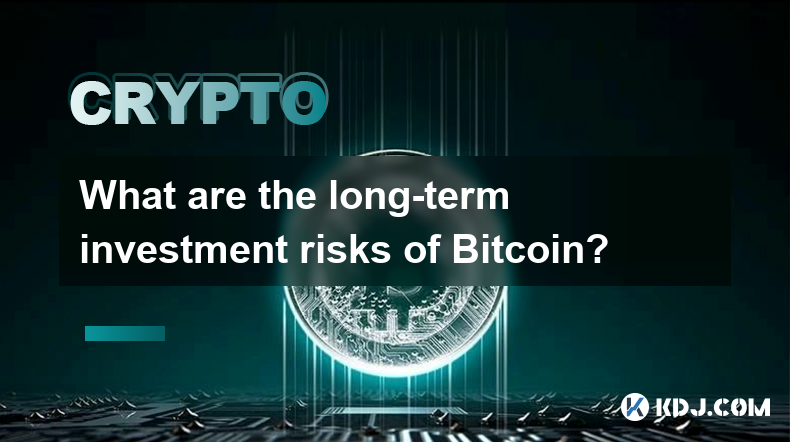
What are the long-term investment risks of Bitcoin?
Feb 22,2025 at 05:30pm
Key PointsVolatility and price fluctuationsRegulatory uncertaintySecurity risksCompetition from altcoinsMarket manipulation and scamsTransaction feesEnvironmental concernsLong-Term Investment Risks of BitcoinVolatility and Price FluctuationsBitcoin's high volatility is a double-edged sword. While it has the potential to generate substantial returns, it ...
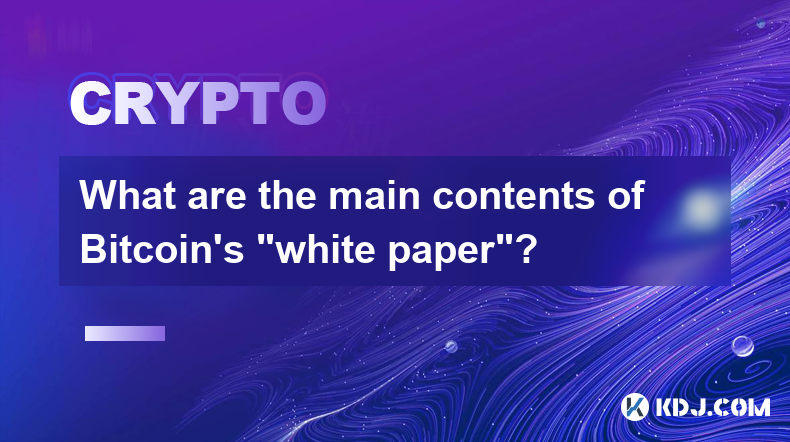
What are the main contents of Bitcoin's "white paper"?
Feb 21,2025 at 04:36am
Key Points:Understanding Bitcoin's Genesis: The White Paper's IntroductionA Decentralized Digital Currency: Bitcoin's Core ConceptBlockchain Technology: The Foundation of Bitcoin's Immutable LedgerProof-of-Work: Securing Bitcoin's NetworkThe Design of Bitcoin's Currency: Issuance, Scarcity, and DivisibilityBitcoin's Potential Applications and Future Pro...
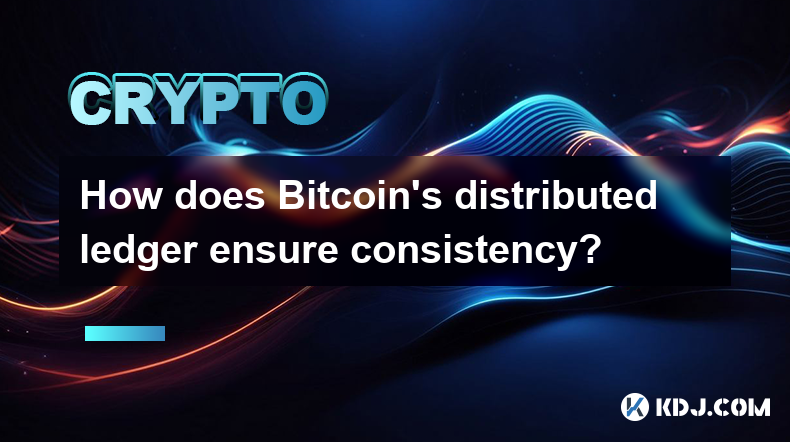
How does Bitcoin's distributed ledger ensure consistency?
Feb 22,2025 at 10:06pm
Key Points:Bitcoin employs a distributed ledger, also known as a blockchain, to maintain a tamper-proof and consistent record of transactions.The blockchain is a decentralized network of computers that collectively validate and store transaction data.Bitcoin's distributed ledger ensures consistency through consensus mechanisms and cryptographic algorith...
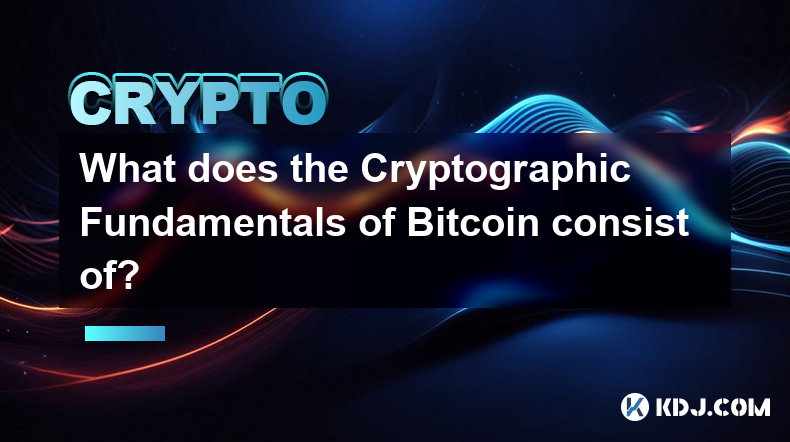
What does the Cryptographic Fundamentals of Bitcoin consist of?
Feb 21,2025 at 12:06pm
Key PointsUnderstanding the cryptographic algorithms used in BitcoinFamiliarization with the Bitcoin blockchain and its underlying mechanicsExamination of the security measures that protect Bitcoin from attackAnalysis of the decentralized nature of Bitcoin and its implicationsDiscussion of the scalability and transaction fee issues associated with Bitco...
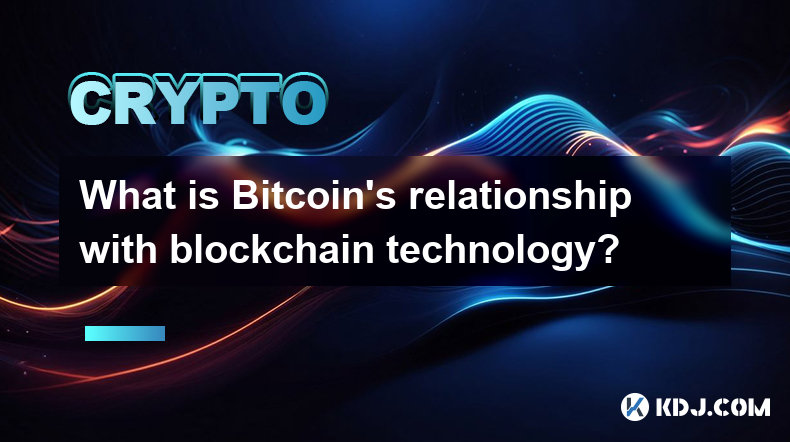
What is Bitcoin's relationship with blockchain technology?
Feb 22,2025 at 07:00pm
Bitcoin's Intertwined Relationship with Blockchain TechnologyKey Points:Definition of blockchain technology and its decentralized natureBitcoin's utilization of blockchain for secure and immutable transactionsThe role of blockchain in verifying and confirming transactionsEvolution of blockchain technology beyond Bitcoin's cryptocurrency applicationsUnde...
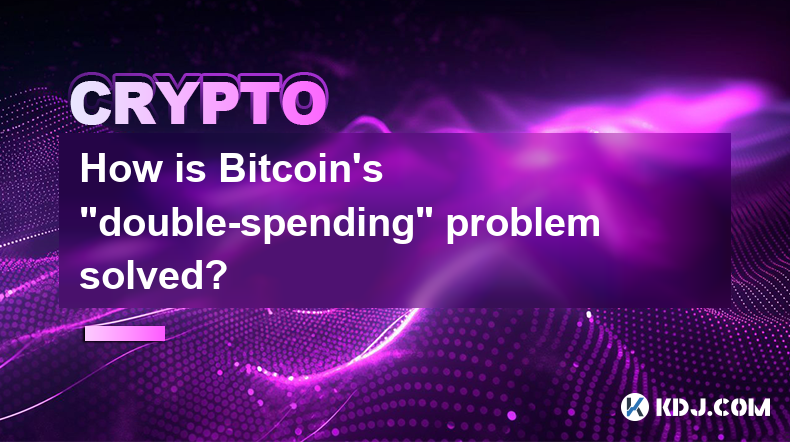
How is Bitcoin's "double-spending" problem solved?
Feb 23,2025 at 02:54am
Key Points:The double-spending problem refers to the potential for a digital currency transaction to be reversed, allowing the same funds to be spent multiple times.Bitcoin solves this problem through the use of a decentralized blockchain, a public ledger that records all transactions permanently and securely.The immutability and transparency of the blo...

What are the long-term investment risks of Bitcoin?
Feb 22,2025 at 05:30pm
Key PointsVolatility and price fluctuationsRegulatory uncertaintySecurity risksCompetition from altcoinsMarket manipulation and scamsTransaction feesEnvironmental concernsLong-Term Investment Risks of BitcoinVolatility and Price FluctuationsBitcoin's high volatility is a double-edged sword. While it has the potential to generate substantial returns, it ...

What are the main contents of Bitcoin's "white paper"?
Feb 21,2025 at 04:36am
Key Points:Understanding Bitcoin's Genesis: The White Paper's IntroductionA Decentralized Digital Currency: Bitcoin's Core ConceptBlockchain Technology: The Foundation of Bitcoin's Immutable LedgerProof-of-Work: Securing Bitcoin's NetworkThe Design of Bitcoin's Currency: Issuance, Scarcity, and DivisibilityBitcoin's Potential Applications and Future Pro...

How does Bitcoin's distributed ledger ensure consistency?
Feb 22,2025 at 10:06pm
Key Points:Bitcoin employs a distributed ledger, also known as a blockchain, to maintain a tamper-proof and consistent record of transactions.The blockchain is a decentralized network of computers that collectively validate and store transaction data.Bitcoin's distributed ledger ensures consistency through consensus mechanisms and cryptographic algorith...

What does the Cryptographic Fundamentals of Bitcoin consist of?
Feb 21,2025 at 12:06pm
Key PointsUnderstanding the cryptographic algorithms used in BitcoinFamiliarization with the Bitcoin blockchain and its underlying mechanicsExamination of the security measures that protect Bitcoin from attackAnalysis of the decentralized nature of Bitcoin and its implicationsDiscussion of the scalability and transaction fee issues associated with Bitco...

What is Bitcoin's relationship with blockchain technology?
Feb 22,2025 at 07:00pm
Bitcoin's Intertwined Relationship with Blockchain TechnologyKey Points:Definition of blockchain technology and its decentralized natureBitcoin's utilization of blockchain for secure and immutable transactionsThe role of blockchain in verifying and confirming transactionsEvolution of blockchain technology beyond Bitcoin's cryptocurrency applicationsUnde...

How is Bitcoin's "double-spending" problem solved?
Feb 23,2025 at 02:54am
Key Points:The double-spending problem refers to the potential for a digital currency transaction to be reversed, allowing the same funds to be spent multiple times.Bitcoin solves this problem through the use of a decentralized blockchain, a public ledger that records all transactions permanently and securely.The immutability and transparency of the blo...
See all articles










































































